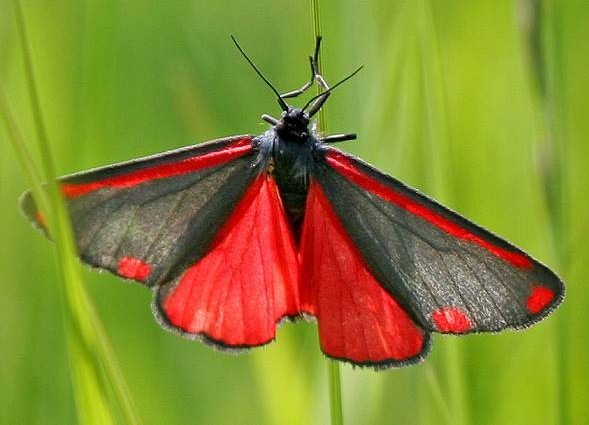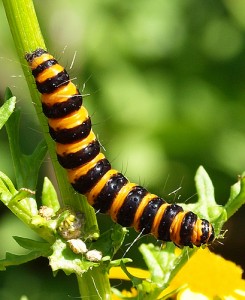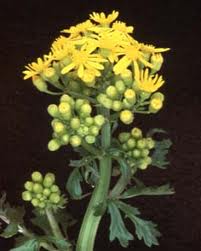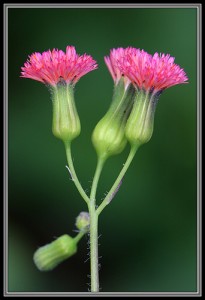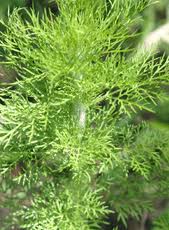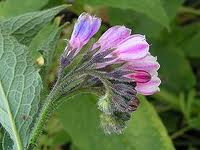How much pyrrolizidine is too much? Or perhaps the better question is how little is too much?
First, what is pyrrolizidine? Pyrrolizidine (pie-row-LIES-ah-dine) is an alkaloid which is a chemical many plants make that is incompatible with mammalian and avian life. Basically it is how those plants, as a group long-term, keep from being eaten into extinction. It’s a strategy of Eat Us And You Die. They do that by damaging the liver.
Pyrrolizidine through low-level, long-term use can cause veno-occulusive disease (it clogs up small veins in the liver causing fluid retention.) Large amounts can also bring on quick and acute symptoms. A 49-year old woman affected by it was taking comfrey-pepsin pills for four months with an average daily dose of 15 mg per kilo of body weight. And while I refer to pyrrolizidine in the singular there are several hundred in as many plants but they act in a similar way.
Most of the plants with pyrrolizidine we don’t eat. However, there are six we should concern ourselves with. Two are used a herbal medicines, one is used as a potherb, one as a potential potherb, one as a spice, and one is a tempting look alike for an edible.
I became interested in pyrrolizidine when I realized that three local plants in my area had it. One is definitely toxic, Senecio glabellus. The plant caught my attention because it has a similar season as wild mustards/radishes and from a distance resembles them. A closer look at the blossom shows it clearly is not a mustard. The petals are all wrong, daisy-ish not a four-petal cross. But its fleshy leaves lobe like a mustard and look very tempting. Odd to say but the plant just plain looks like it should be edible. It is not. Its flavor is good (note I did not consume it. I tasted it, a different activity by far. DO NOT EAT IT.) It is also well-armed with pyrrolizidine, some 0.2%. In lab tests it kills rats. That got pyrrolizidine on my mind.
It arose again when the question was asked is the Florida Tasselflower edible, Emilia fosbergii. I know someone — late 20’s — who has tried its leaves once with no apparent ill-effects. It was a few leaves raw, ten if I remember correctly, but not a steady diet of said, which appears to be important. Its relative, Emilia sonchifolia, which also has pyrrolizidine, is a common green in Java. Leaves of the not-yet-flowering plant in Java are eaten in salads, soups or steamed, most commonly used as a side dish. I know of a woman not yet 30 who ate many Tasselflower blossoms as a child while playing with her dolls. She has on-going liver issues.
Our next local plant with pyrrolizidine is Dog Fennel, Eupatorium capillifolium, often used as external medicine and a good fire starter. I never considered it an edible until I heard of park rangers in the Everglades using it as a spice in their salads. Then I had two students — again in their 20’s — who told me for years they had been mincing the hair-thin leaves and adding them to mash potatoes for flavor. As a spice, or an occasional green, perhaps some pyrrolizidine can be tolerated but still is not wise. (I mention age only because I have many decades of enjoying dry red wine behind me so who knows how my liver might react to some pyrrolizidine. I avoid it.)
The two other common plants with pyrrolizidine are comfrey and anything in the Borage family. Borage is on the German Commission E’s list as “unapproved” though the total alkaloid content is very low, less than 0.001%. Comfrey has been blamed for liver damage in humans and at least one infant death. It’s alkaloid content varies but is around 0.25%
Another plant used more in the past than now is the dye alkannet/alkanet, once used for lipstick coloring and in the greater Borage family. It is 0.12% alkaloid and is available over the internet. Other common plants with pyrrolizidine are Coltsfoot and Forget-Me-Nots.
As foragers the issue of toxicity is a relevant one. Yet toxicity is more a continuum than a line in the sand. Onions have some pyrrolizidine, comfrey a lot, and not all forms of pyrrolizidine are toxic. You can poison yourself with onions, though it is not easy. Then there is daily dosage. Is comfrey tea once a year bad? How about some dog fennel as a spice or Emilia as an occasional side dish? Between totally safe and totally toxic sometimes there is a fog bank.
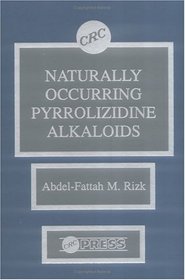 As one might infer pyrrolizidine is a significant issue with livestock, particularly in northwest United States where pyrrolizidine can also work its way into cows’ milk and chicken eggs. Plants with pyrrolizidine can also contaminate human crops, such as grains. A 25-year-old book on topic, Naturally Occurring Pyrrolizidine Alkaloids, sells for (at this update*) $450 not including shipping. For more information and a list of common plants humans might run into with pyrrolizidine click here.
As one might infer pyrrolizidine is a significant issue with livestock, particularly in northwest United States where pyrrolizidine can also work its way into cows’ milk and chicken eggs. Plants with pyrrolizidine can also contaminate human crops, such as grains. A 25-year-old book on topic, Naturally Occurring Pyrrolizidine Alkaloids, sells for (at this update*) $450 not including shipping. For more information and a list of common plants humans might run into with pyrrolizidine click here.
*When I first wrote this article in November 2011 the books was selling for $375.

